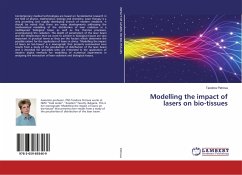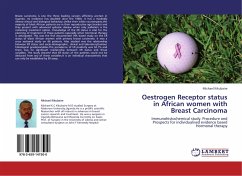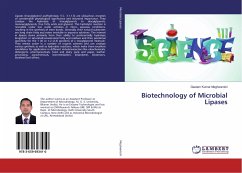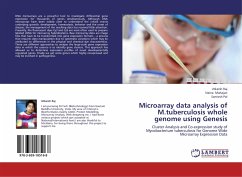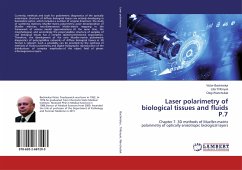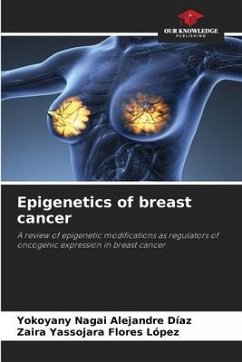
Characterization of Breast Tissues using Texture Analysis
Normal Breast Tissues and Hamartoma
Versandkostenfrei!
Versandfertig in 6-10 Tagen
45,99 €
inkl. MwSt.

PAYBACK Punkte
23 °P sammeln!
The identification of normal breast tissues in mammograms is an important step in identifying abnormal tissues, or masses. The major focus of this study is to use image-processing techniques to characterize the normal breast tissues. Clustering techniques have been developed to classify the breast tissue into one of 5 different tissue types including fat, glandular, connective, dense tissues and pectoral muscle. The classification was achieved by using a novel technique (dSGLD) involving a subset of the elements (the values on the diagonals) in the Spatial Grey Level Dependence (SGLD) matrix w...
The identification of normal breast tissues in mammograms is an important step in identifying abnormal tissues, or masses. The major focus of this study is to use image-processing techniques to characterize the normal breast tissues. Clustering techniques have been developed to classify the breast tissue into one of 5 different tissue types including fat, glandular, connective, dense tissues and pectoral muscle. The classification was achieved by using a novel technique (dSGLD) involving a subset of the elements (the values on the diagonals) in the Spatial Grey Level Dependence (SGLD) matrix which was calculated using texture features. The ultimate goal of this study is therefore to design and implement a computerized characterization method that mimics the radiologist s characterization of tissue composition in digitized mammograms. The classification results using dSGLD and SGLD features achieved an acceptable accuracy.





